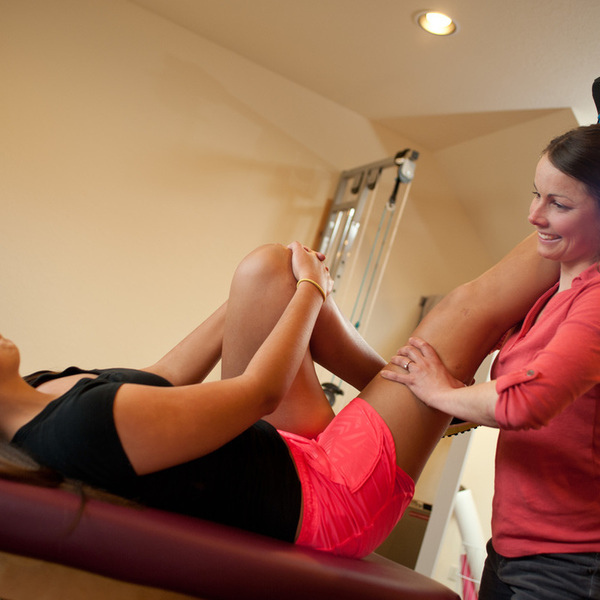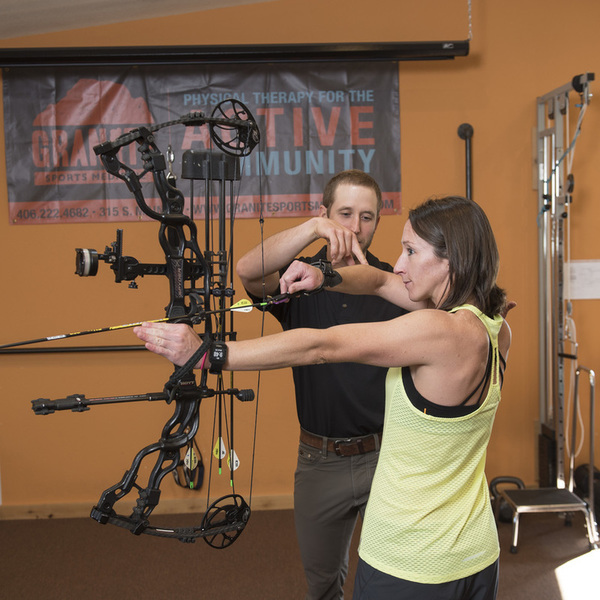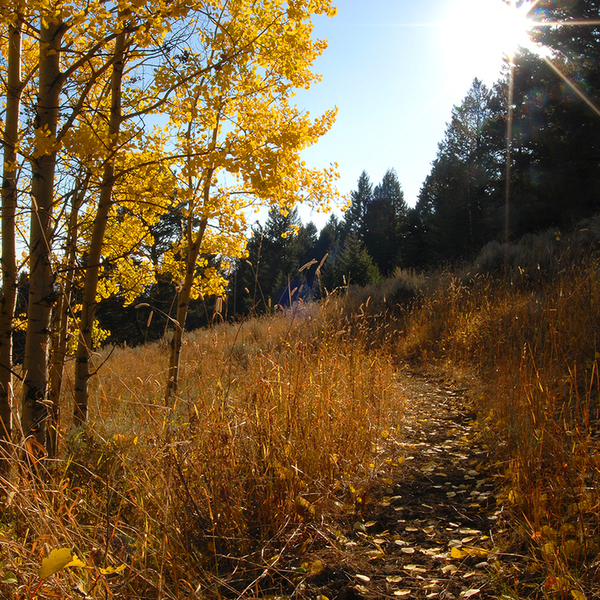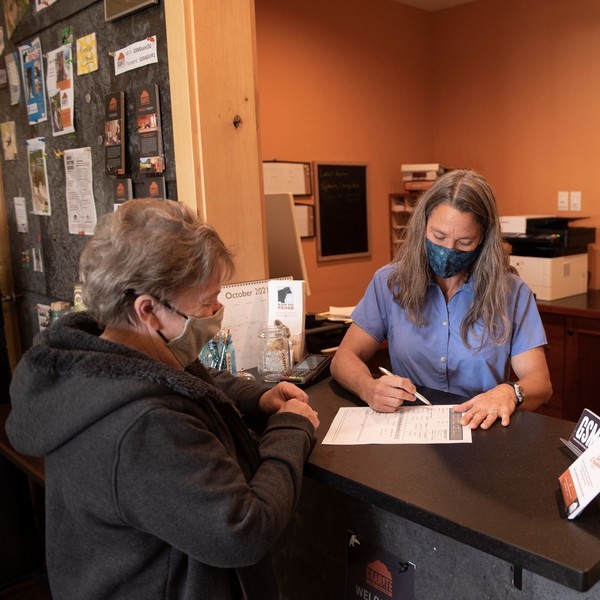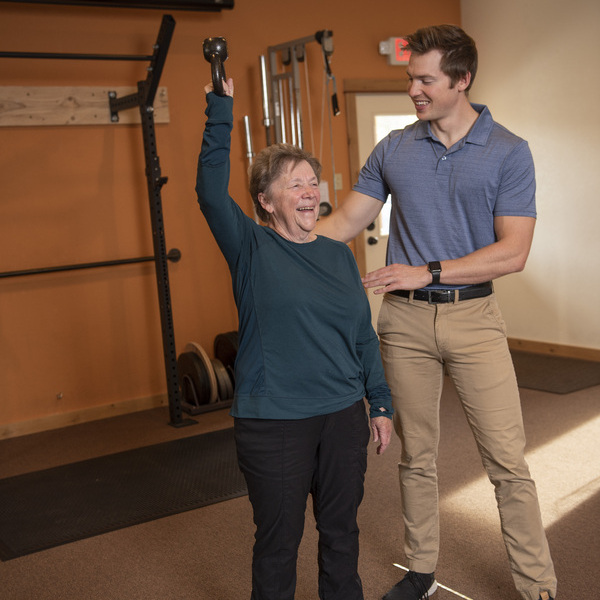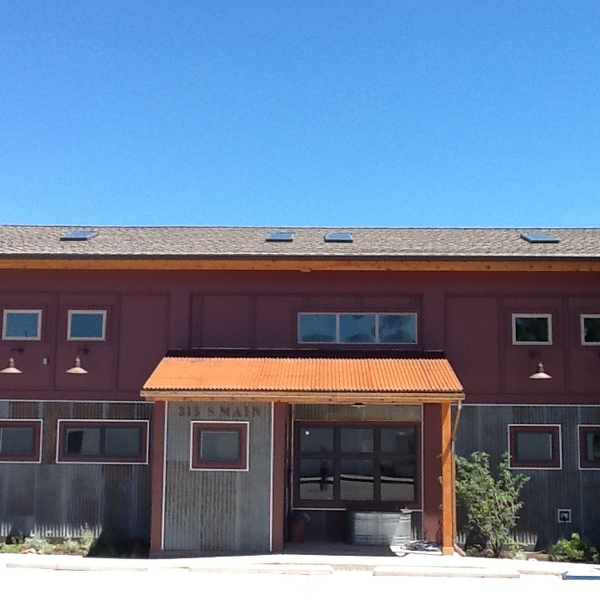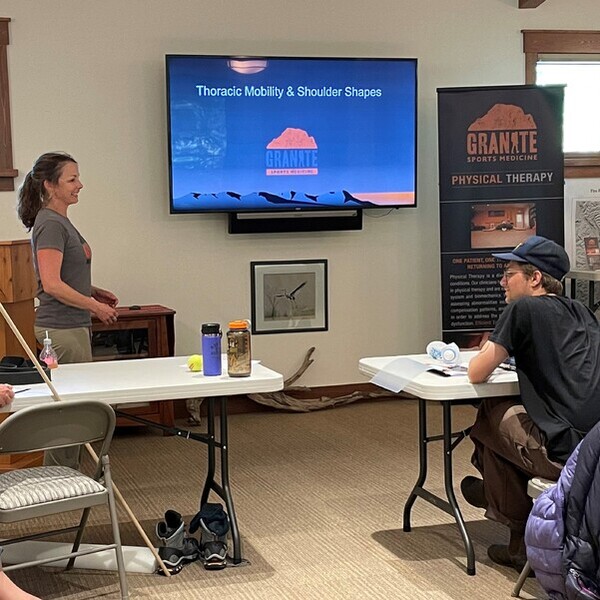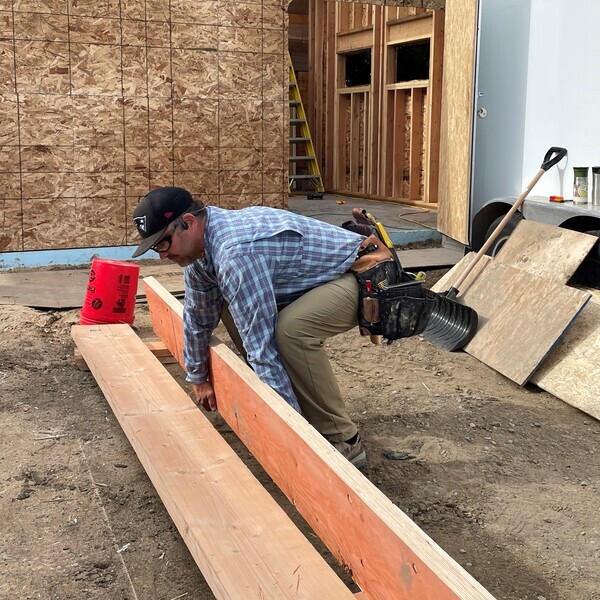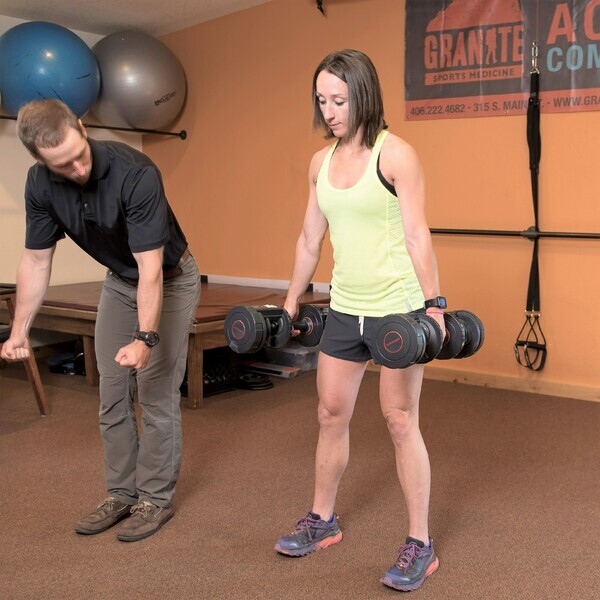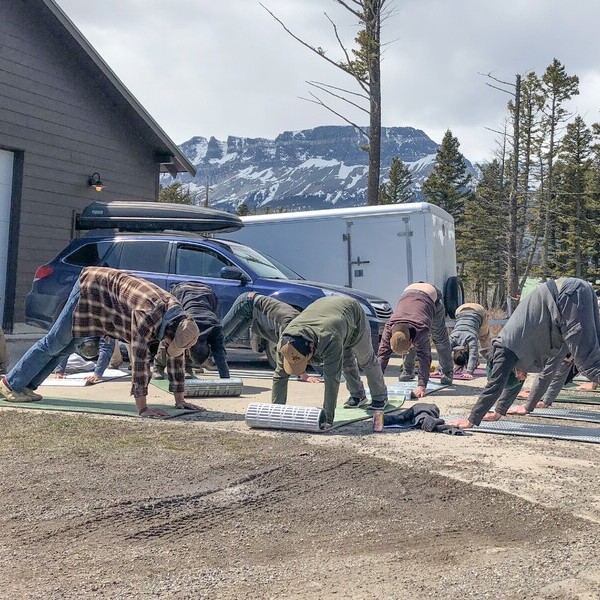In 2012, an ankle injury brought me into Granite as a high school track athlete. Returning to Granite nearly a decade later as a PT myself has given me a lot of perspective on how much the profession has changed since I limped into my first session. The ever-evolving world of PT research is one of my favorite things about the field. It demands that its practitioners continue to learn and grow well into their seasoned years. Because October is PT month, I want to highlight just how far PT has come since my early days as a patient.
Remember when it was widely thought that you only go to PT after an injury or surgery? Focusing on proactive care to prevent downstream issues is a big part of our profession as well. Whether it be fall prevention, preparing for your ski season, or gearing up to pack out a big bull elk, PT is there to guide, motivate, and inspire you. PT has a high return on investment for getting ahead of aging too! Check out our Move Better Series to learn more about proactive, preventative, functional strengthening.
Another area of PT that has changed dramatically is our understanding of pain. Pain is no longer strictly viewed as a sign of isolated tissue damage. We now know how complicated pain is, and how it can be affected by past injuries, life stressors, and even outlook on recovery. The practice of pain neuroscience education helps patients understand this complexity and analyze the layers of their pain. This allows for better understanding between PTs and patients about what they are experiencing in their body.
One of my favorite developments in the PT world is blood flow restriction training (BFRT), which uses a cuff to decrease blood flow to an arm or leg while performing exercises. While this sounds counterintuitive to healing, it actually tricks our body into thinking we’re moving huge weights when we’re really not. It can be used for a variety of problems from ACL rehab to chronic pain. Check out our Featured Service tab to learn more!
Lastly, physical therapists now take a much more active approach to treatment. PT is no longer something that is done to patients, but instead is a process in which patients collaborate and participate in their treatment goals. While we still use functional dry needling and soft tissue mobilization to help manage symptoms and aid in pain relief, these modalities have taken a backseat to active movement. As the old adage says, “Movement IS medicine!” and we know it is our #1 tool for wellness.
Since I first walked through the clinic doors almost a decade ago, Granite has been a clinic on a mission. Every day, our team strives to provide the highest level of evidence-based physical therapy individualized to your needs. We have the tools to impact your wellbeing and our progressive, enthusiastic style will motivate you along the way!
Written by Lexi Klawitter, PT, DPT
 Call 406 222 4682
Call 406 222 4682 Text 406 222 4682
Text 406 222 4682 Get Directions
Get Directions Instagram
Instagram  You Tube
You Tube 
